Bologna captured my heart from the moment I stepped into its bustling food markets. As Italy’s food capital, this medieval city offers a perfect blend of culinary history and hands-on cooking experiences that connect visitors to centuries of food traditions.
Walking through the vibrant markets with local chefs, I discovered the fresh ingredients that make Bolognese cuisine so special.
Taking a cooking class in Bologna is the ultimate way to experience the city’s food culture. These classes let you learn authentic recipes like tagliatelle with ragù from certified home cooks while enjoying the fruits of your labor.
These classes typically begin with a tour of local markets where you select fresh ingredients before heading to a local’s home or professional kitchen to create traditional dishes. The knowledge gained from these sessions goes far beyond what you’d learn from simply dining out.
My time spent making pasta by hand alongside fellow food lovers created memories that outlasted the meals themselves. The professional chefs who lead these classes share not just recipes but stories about Bologna’s food heritage, making the experience both educational and deeply personal.
Whether you join a one-day class or a week-long cooking vacation, you’ll leave with skills to recreate these Italian classics in your own kitchen.
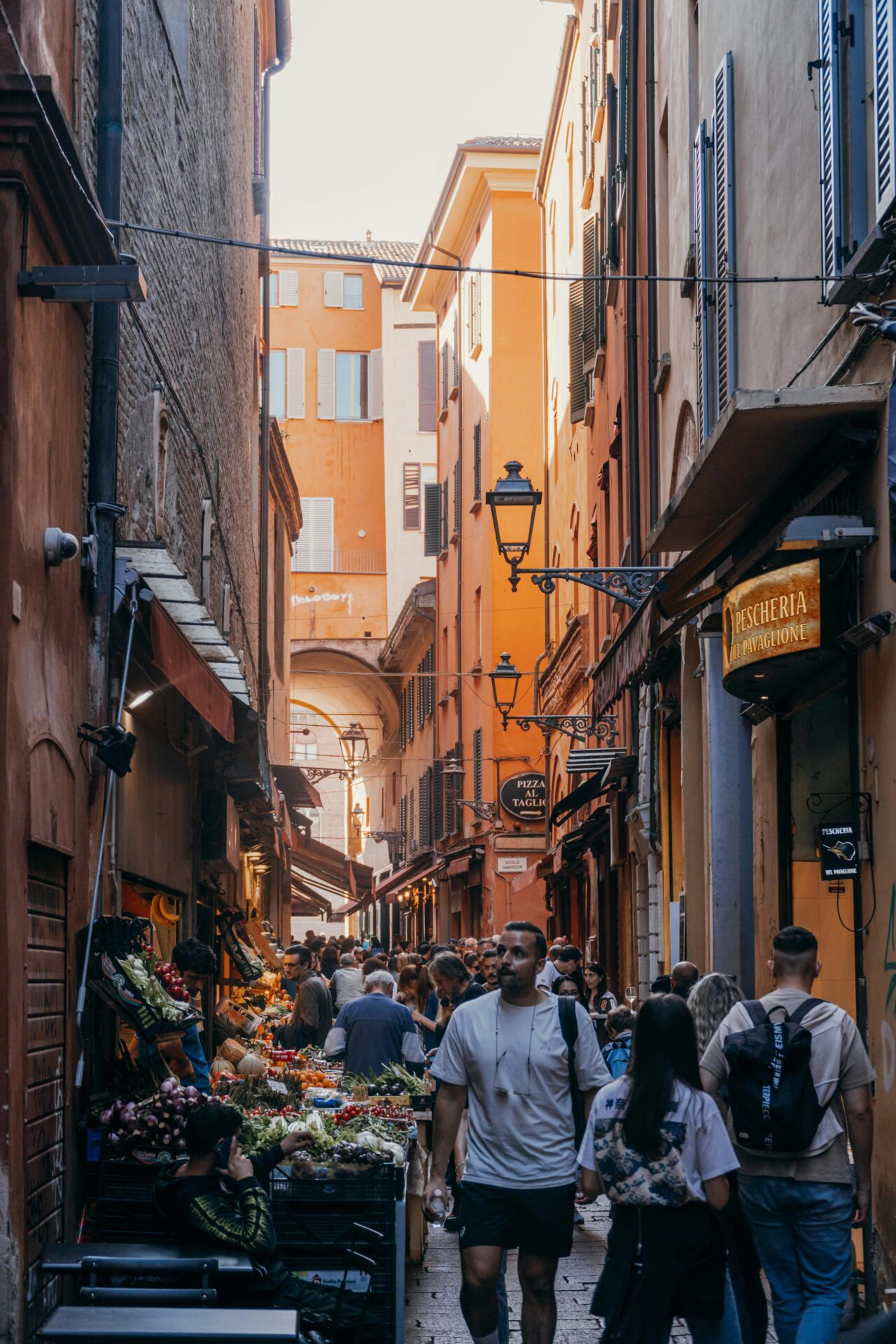
Discovering Bologna’s Flavors
Bologna’s rich culinary landscape captured my heart from the very first bite. The city’s dedication to traditional food methods and quality ingredients makes it a paradise for anyone who loves good eating.
The Heart of Italian Cuisine
Bologna sits in the Emilia Romagna region, often called Italy’s food valley for good reason. The city earned its nickname “La Grassa” (The Fat One) because of its rich culinary traditions.
When I first tasted authentic tagliatelle with ragù (the real Bolognese sauce), I understood why people travel from across the globe just to eat here. The pasta is made fresh daily, often rolled by hand until paper-thin.
Mortadella, the original inspiration for what Americans call “bologna,” is nothing like its processed cousin. Here, it’s a delicate, pink-hued salumi studded with pistachios and white fat cubes.
The local wines perfectly complement these rich flavors. I particularly enjoyed Sangiovese and Pignoletto, which pair beautifully with the region’s hearty meat dishes and aged cheeses.
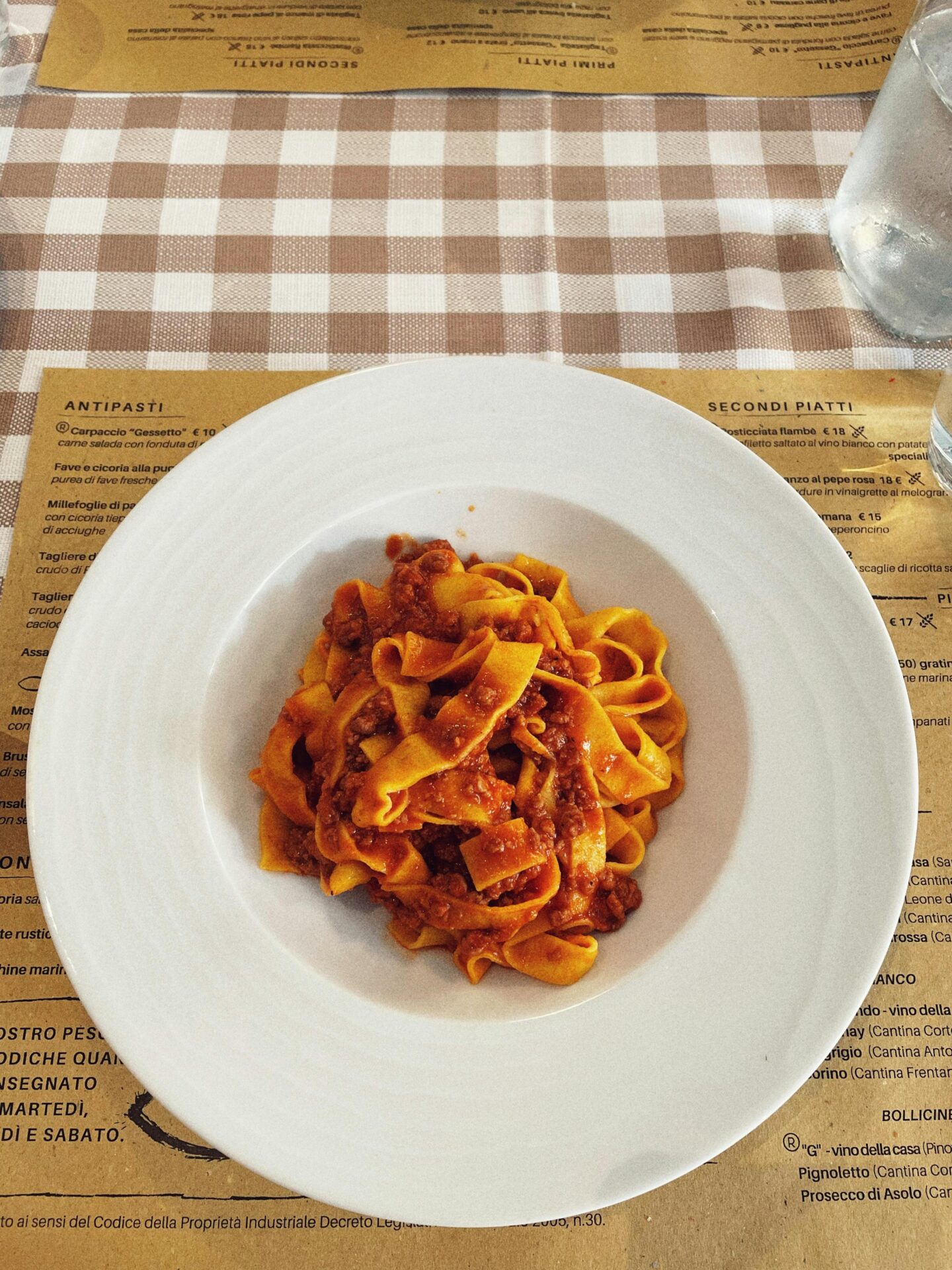
Navigating the Historic Food Markets
The beating heart of Bologna’s food scene is found in its bustling markets. Wandering through these spaces connects you directly to centuries of food traditions.
Mercato di Mezzo near Piazza Maggiore dates back to the Middle Ages. The narrow lanes filled with food stalls showcase everything from freshly made pasta to aged balsamic vinegar from nearby Modena.
I spent hours watching artisans slice paper-thin sheets of prosciutto. The butchers explained that the best comes from free-range pigs raised in the hills surrounding Bologna.
Many shops offer tastings, which is how I discovered the subtle differences between various ages of Parmigiano-Reggiano. The 24-month aged version has a crystalline texture and complex nutty flavor that I still dream about.
The vendors are passionate about their products. One salumi maker explained the entire curing process while slicing me samples of his family’s century-old recipe for pancetta.
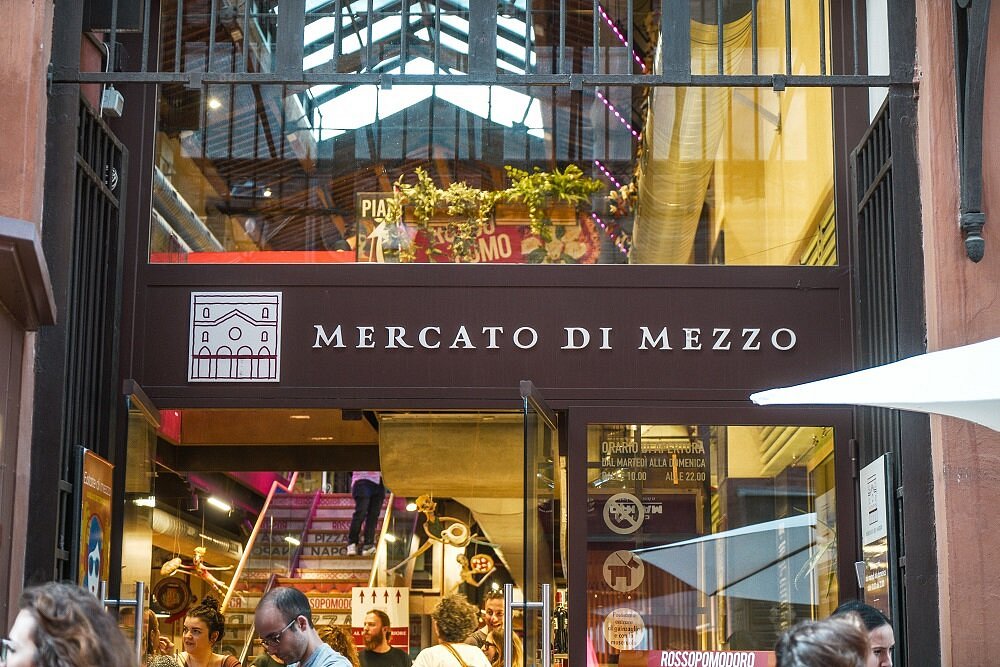
A Taste of Tradition: Cooking Classes in Bologna
Bologna’s cooking classes offer visitors a chance to dive deep into the city’s food culture. These hands-on experiences have become one of the most memorable ways to connect with local traditions while creating something delicious.
Selecting the Right Cooking Experience
When I searched for cooking classes in Bologna, I discovered an impressive variety of options. Many classes are hosted by local home cooks called “Cesarinas” who welcome you into their personal kitchens for an authentic experience.
I found that the best classes begin with a market tour. Walking through Bologna’s vibrant markets with a local guide helped me understand how to select the freshest ingredients before cooking.
Class sizes matter too. The small-group classes I attended (usually 6-8 people) provided more personal attention from the instructor and better opportunities to ask questions.
Prices typically range from €80-150 per person, depending on what’s included. Most classes last 3-4 hours and include the meal you prepare plus wine.
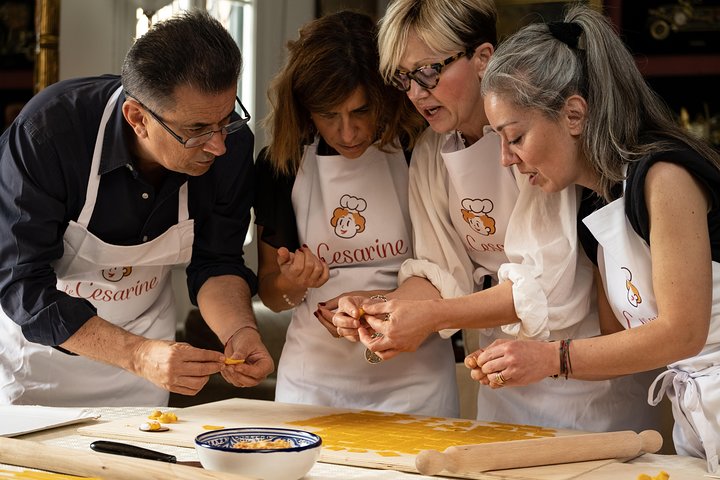
Learning to Craft Homemade Pasta and More
Making fresh pasta by hand was the highlight of my cooking adventure in Bologna. I learned that tagliatelle, the city’s signature pasta, requires a specific technique to achieve the perfect texture.
The instructor showed me how to create the classic dough using just eggs and flour, then roll and cut it by hand. There’s something magical about transforming simple ingredients into silky pasta ribbons.
Besides pasta, most classes teach you how to prepare authentic ragù Bolognese. I discovered this sauce simmers for hours—nothing like the quick versions I’d made at home!
Many classes also cover regional appetizers and desserts. I mastered tigelle (small round breads) and learned to make panna cotta with seasonal fruit.
The best part? Being able to recreate these dishes at home. My instructors provided detailed recipes and tips for finding similar ingredients back home.
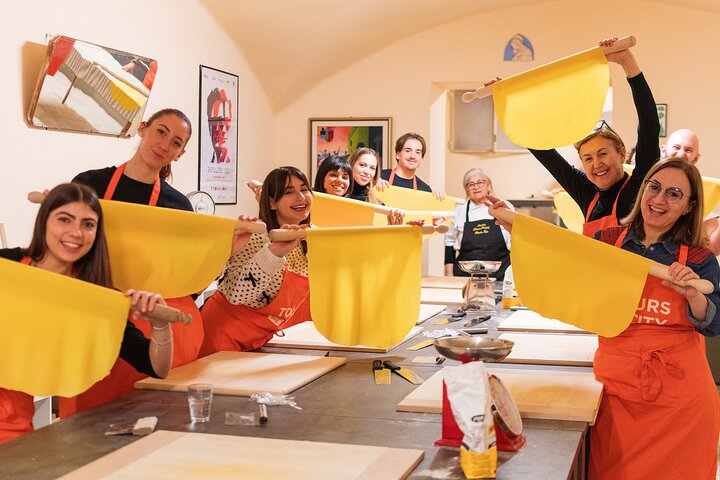
Sampling Bologna’s Signature Products
Bologna dazzles food lovers with its incredible array of local specialties. The markets and shops overflow with products that tell the story of this region’s rich culinary heritage.
Prosciutto di Parma and Local Cheese Delights
Walking through Bologna’s vibrant markets, I couldn’t resist stopping at nearly every salumi counter. The paper-thin slices of Prosciutto di Parma melted in my mouth with their perfect balance of saltiness and sweetness. This wasn’t just any ham—it was aged for at least 12 months, creating that distinctive melt-in-your-mouth texture.
Alongside the prosciutto, I sampled chunks of Parmigiano-Reggiano at different aging levels. The 24-month aged version offered nutty, complex flavors that paired beautifully with local honey.
Don’t miss mortadella, Bologna’s signature meat product (yes, the origin of “bologna” in America!). Unlike its American cousin, authentic mortadella features delicate pieces of pork fat and subtle spicing.
Many vendors offer tasting plates where you can try:
- Prosciutto di Parma
- Mortadella
- Parmigiano-Reggiano
- Pecorino cheese
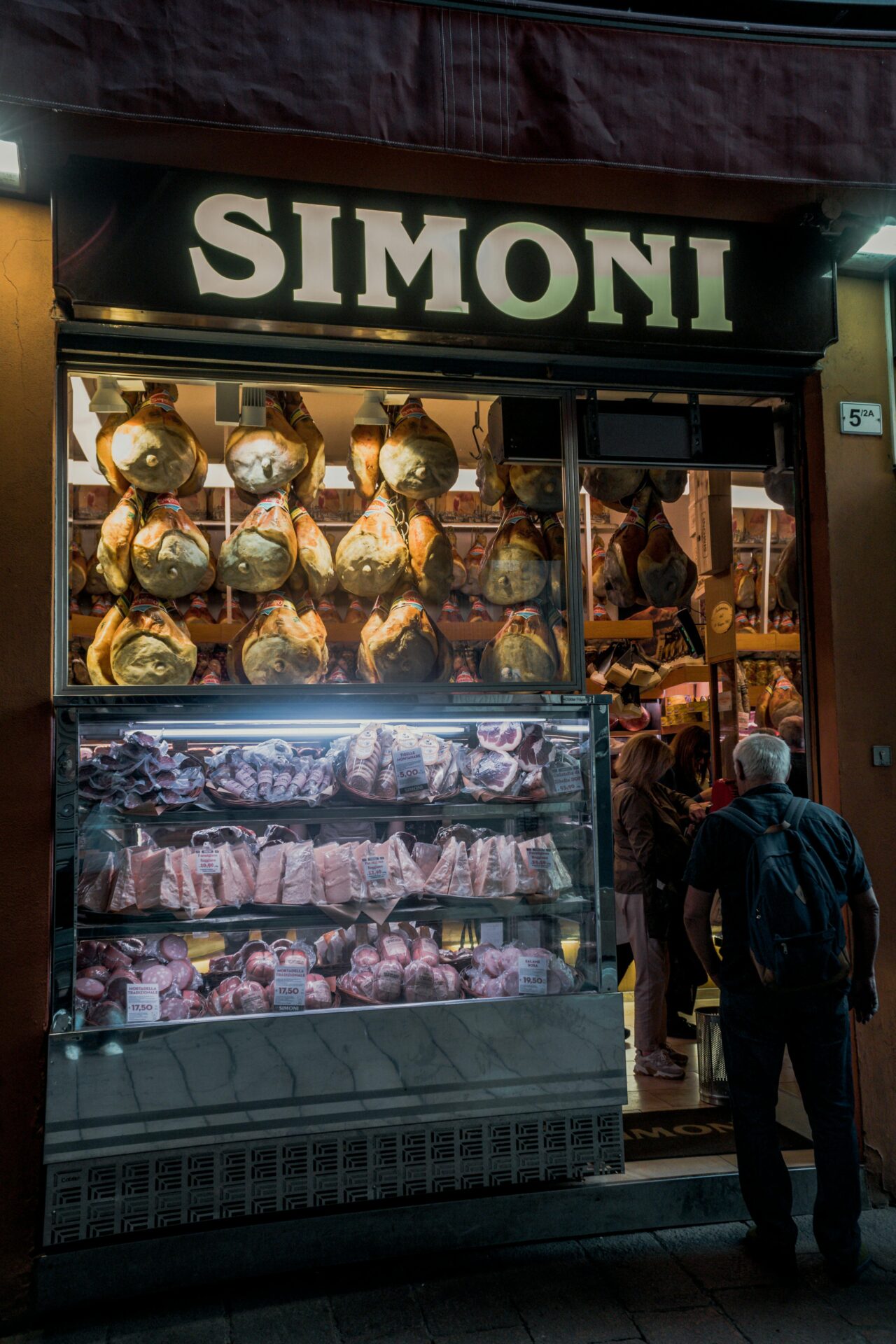
The Rich Taste of Balsamic Vinegar
The markets also showcase another regional treasure: traditional balsamic vinegar from nearby Modena. This isn’t the thin, acidic liquid found in supermarkets back home. Real balsamic is thick, sweet, and complex.
I watched in amazement as a vendor drizzled 25-year-aged balsamic over fresh strawberries. The syrupy consistency and rich flavor transformed the simple fruit into something extraordinary.
The best balsamic vinegars come with DOP certification (Protected Designation of Origin) and age classifications:
- 12-year aged: Perfect for daily use
- 25-year aged: Special occasions
- Extra-vecchio (25+ years): Liquid gold
Many shops offer tastings where you can sample different ages side by side. I found it fascinating to compare how the flavors develop over time, becoming increasingly complex and concentrated.
While exploring the markets, I also discovered local wine bars serving Sangiovese and Lambrusco from nearby vineyards. These wines paired perfectly with the rich meats and cheeses.
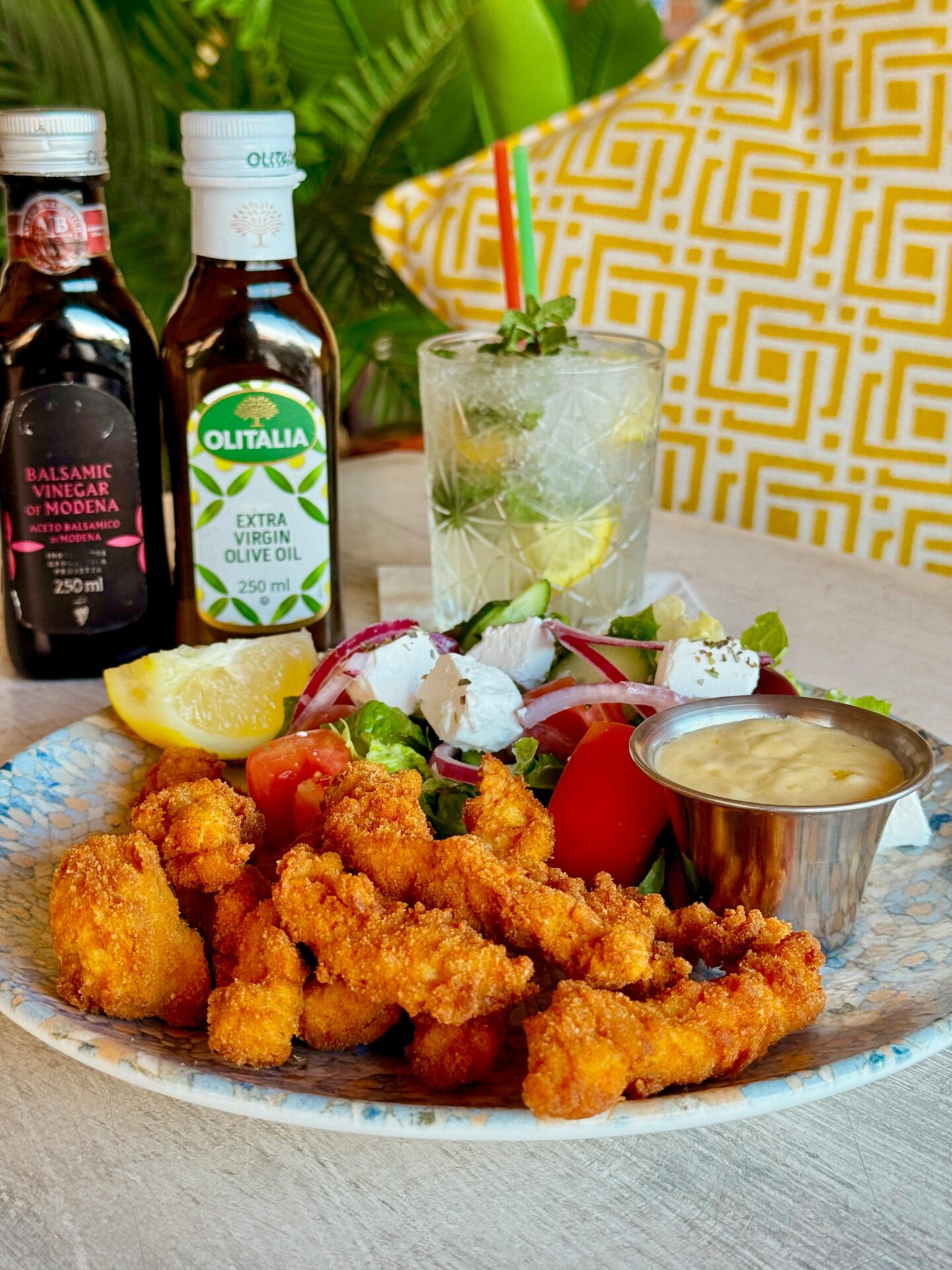
Exploring the Gastronomic Landscape
Bologna’s food scene extends far beyond its markets and cooking classes. The city offers endless culinary adventures that showcase traditional Emilian dishes in their authentic glory.
From Pizzerias to Wine Bars: Eating Out in Bologna
When hunger strikes in Bologna, options abound for every taste and budget. Local osterie serve as my favorite spots to experience authentic Bolognese cuisine without pretense. These family-run establishments often hide down narrow side streets, offering the best tagliatelle al ragù I’ve ever tasted.
Wine bars, or enotecas, dot the historic center, perfect for an evening aperitivo. I discovered several near Piazza Maggiore where friendly staff helped me pair local Sangiovese wines with regional cheeses and cured meats.
For a quick lunch, Bologna’s pizzerias serve amazing thin-crust pies. Unlike Naples’ soft style, Bologna’s pizzas feature crispy bases and generous toppings. My favorite spot uses local ingredients from the same markets I explored earlier.
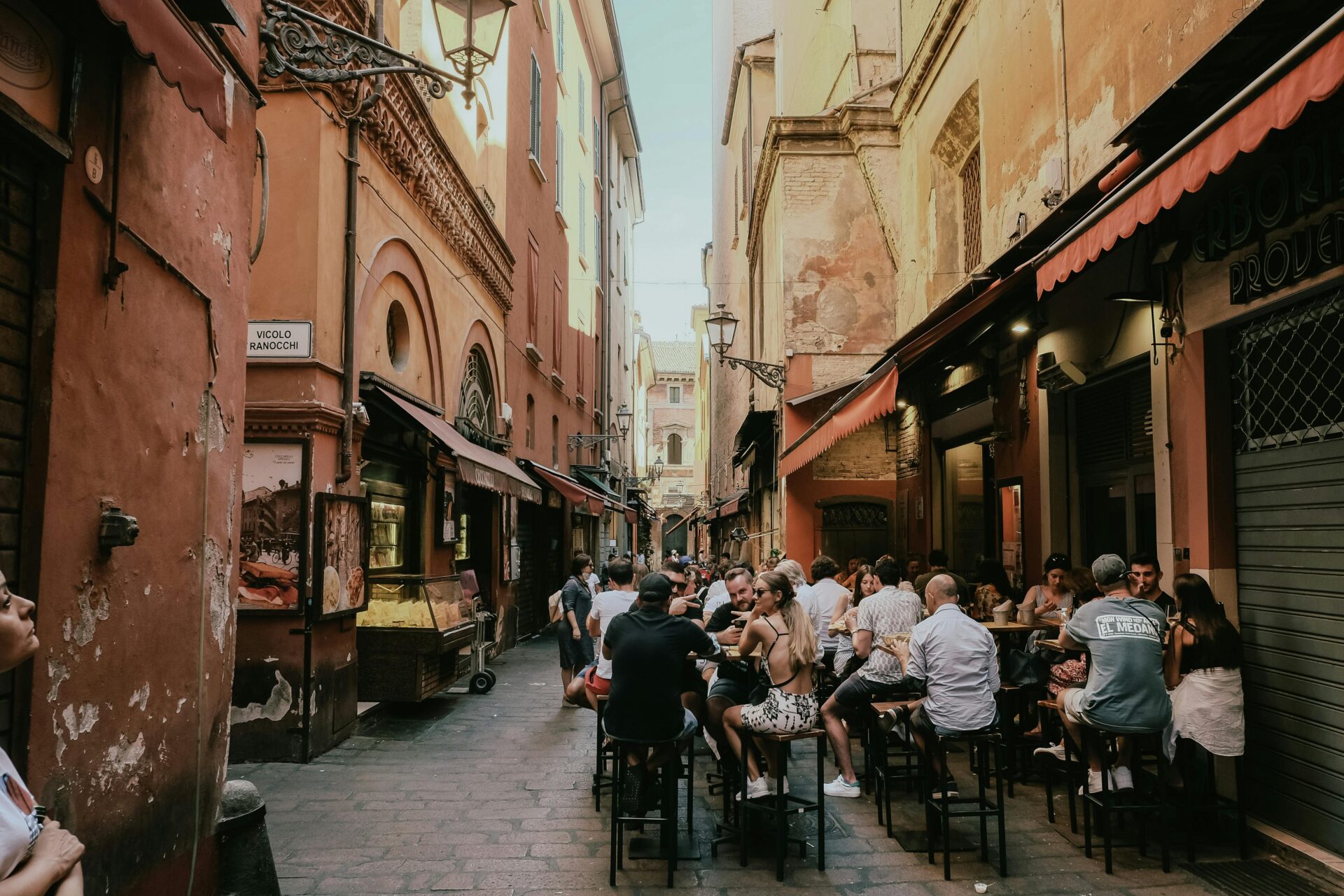
The Sweet Finale: Desserts and Gelato Galore
Bologna’s sweet side deserves special attention. The city takes dessert seriously, from traditional pastries to modern interpretations.
Gelato reigns supreme here, and I sampled my way through numerous shops. The best artisanal gelaterias use seasonal ingredients and create flavors that change with market availability. Cremeria Santo Stefano makes an unforgettable pistachio that’s worth the line.
Beyond gelato, Bologna offers delicious traditional sweets like:
- Certosino: a fruit and nut cake dating back to medieval times
- Raviole: sweet pastries filled with jam or mostarda
- Torta di riso: a delicate rice cake flavored with lemon
Small pasticcerias display these treats in glass cases that make choosing just one nearly impossible. I often bought an assortment to enjoy while people-watching in one of Bologna’s charming piazzas.
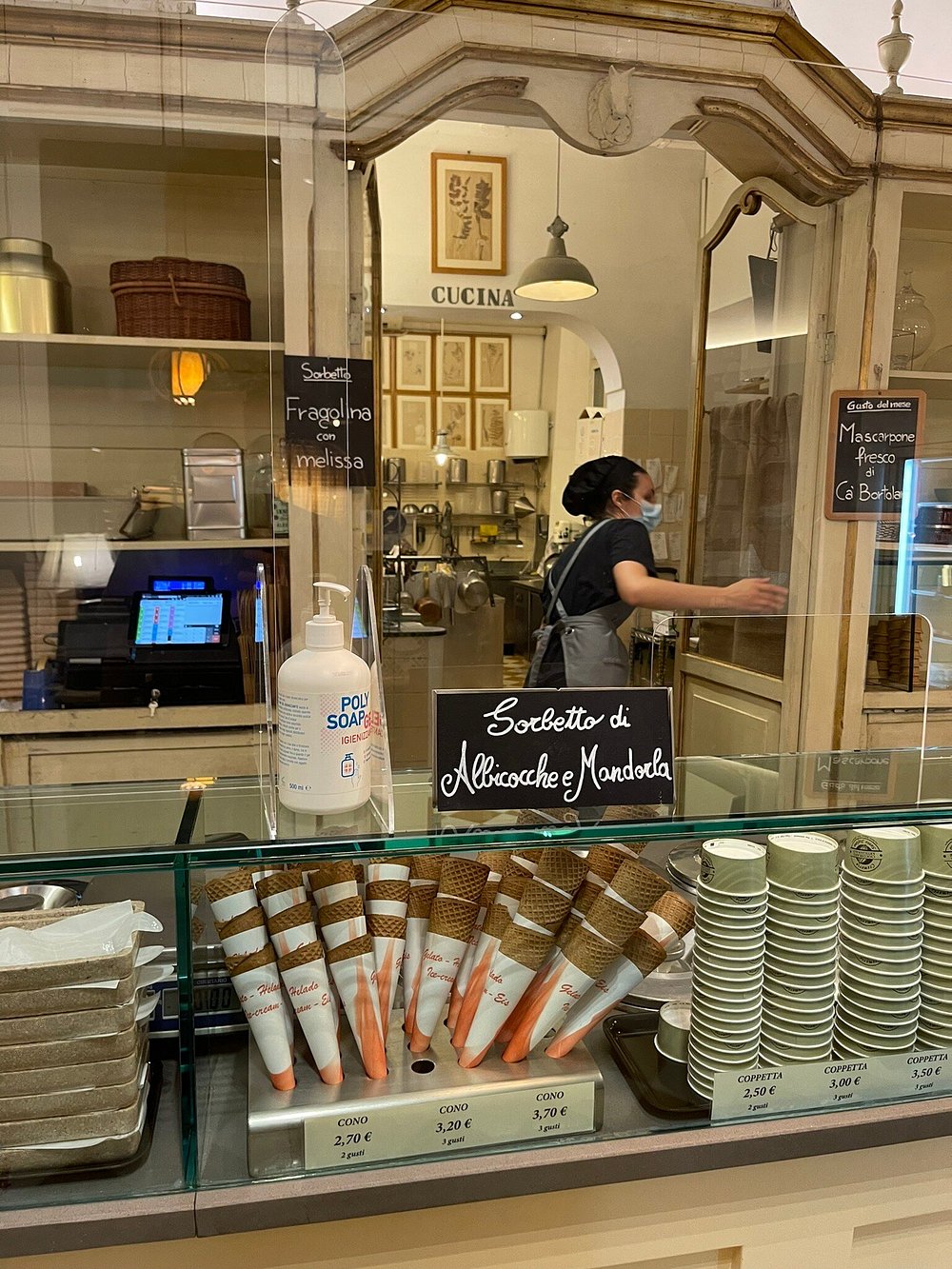
The Culinary Souvenir: Shopping for Local Delicacies
No trip to Bologna is complete without bringing home some authentic flavors from this food lover’s paradise. The markets offer incredible opportunities to find edible treasures that capture the essence of Emilian cuisine.
Bringing a Piece of Bologna Home
After spending days exploring Bologna’s vibrant food scene, I couldn’t leave without souvenirs that would let me recreate those magical flavors back home. The Mercato di Mezzo became my favorite hunting ground for culinary treasures.
Wandering through the market stalls, I discovered shopkeepers were happy to vacuum-seal cheeses and meats for travel. Many even offer shipping options for larger purchases!
When shopping, I focused on items that would survive the journey:
- Dried pasta: Especially the local specialty tagliatelle
- Balsamic vinegar: The aged varieties make perfect gifts
- Local wines: Lambrusco and Pignoletto travel well when packed carefully
I learned to save room in my luggage specifically for these delicious mementos. The scents of the market followed me home, each package a portal back to Bologna.

Edible Memories: Salami, Cheese, and More
Bologna’s nickname “La Grassa” (The Fat One) hints at the incredible selection of rich foods available. The mortadella here bears no resemblance to what passes for “bologna” back home.
I watched in awe as vendors sliced paper-thin pieces of salami for sampling. The complex flavors convinced me to buy several varieties despite luggage space concerns.
Parmigiano-Reggiano became my prized souvenir. Vacuum-sealed chunks last for weeks, letting me extend my Italian adventure through meals at home.
Beyond the expected, I discovered seasonal treasures. Sweet local pears paired perfectly with aged cheeses. Sun-ripened tomatoes transformed into preserved delights.
Small bottles of local wine tucked between clothes provided liquid memories of afternoons spent in Bologna’s piazzas.
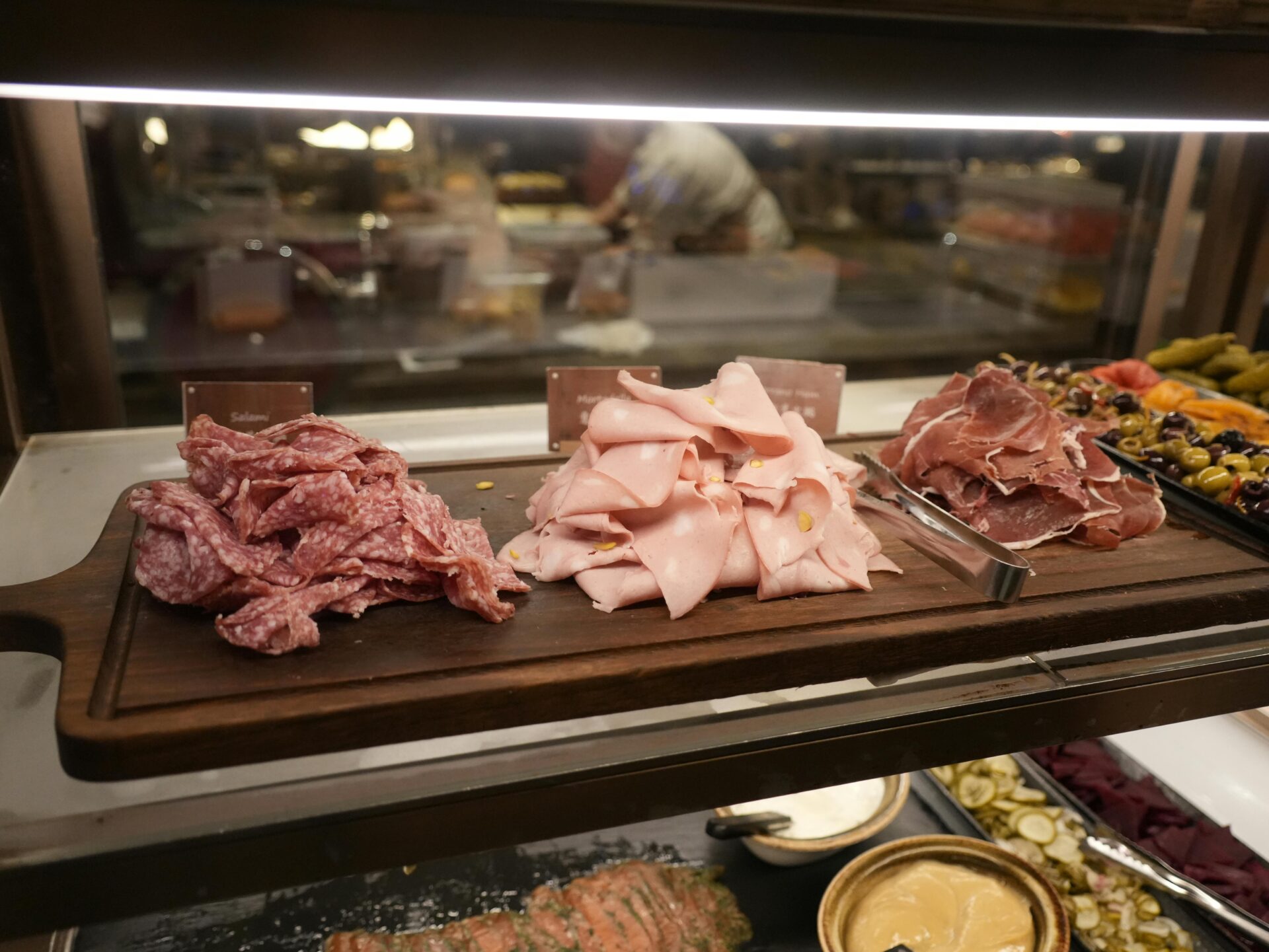
Frequently Asked Questions
During my time in Bologna, I discovered answers to many common questions travelers have about the city’s food scene. Here are the most helpful insights I gathered about cooking classes, budget options, and how to make the most of culinary experiences in this food paradise.
The most highly recommended cooking classes focus on traditional pasta making. They especially teach tagliatelle and tortelloni. I found several top-rated options led by Master Chefs. They teach not just recipe execution but also the gastronomic history of each dish.
Classes typically include making ragù Bolognese from scratch alongside hand-rolled pasta. Many of the best classes are small-group sessions held in locals’ homes. They provide a more authentic experience than commercial kitchens.
While cooking classes generally involve costs, visiting the food markets is completely free and offers amazing learning opportunities. Quadrilatero Market and Mercato delle Erbe let you observe local food culture without spending on admission.
Some budget cooking classes offer abbreviated sessions. These focus only on pasta making rather than full meal preparation. Another option is to look for group discounts when booking with friends or family members to reduce individual costs.
Tripadvisor has extensive reviews for cooking classes and food tours in Bologna. I found detailed accounts describing the entire experience from market visits to final meals.
Rick Steves Travel Forum contains many firsthand accounts from travelers discussing their culinary adventures in Bologna. These forums often include specific recommendations about particular instructors and locations that official sites might not mention.
Based on my research, cooking classes typically range from €80-150 per person. The more comprehensive experiences that include market tours before the cooking session tend to be at the higher end of this range.
Three-hour classes that cover making ragù, two types of pasta, and dessert fall in the middle of the price spectrum. Some premium classes taught by renowned chefs or including wine pairings can exceed €200 per person.
Yes! Several Master Chefs offer cooking classes in Bologna. These expert-led sessions provide insights into professional techniques while maintaining the authenticity of traditional Bolognese cooking.
These classes often explain not just how to make the dishes but the cultural significance behind them. Many chefs have decades of experience and family recipes passed down through generations, adding unique value to their classes.
Don’t worry about skill level – most classes welcome complete beginners.
I recommend choosing classes that start with market tours. They provide context about ingredients before you start cooking.
Take notes or photos during demonstrations. This is especially important for techniques like pasta rolling that require specific movements.
Ask questions about substitutions you might use at home if you can’t find authentic Italian ingredients.
Choose smaller classes (6-8 people maximum) to ensure you get personalized attention from the instructor. This helps beginners feel more comfortable asking questions and receiving guidance throughout the cooking process.

